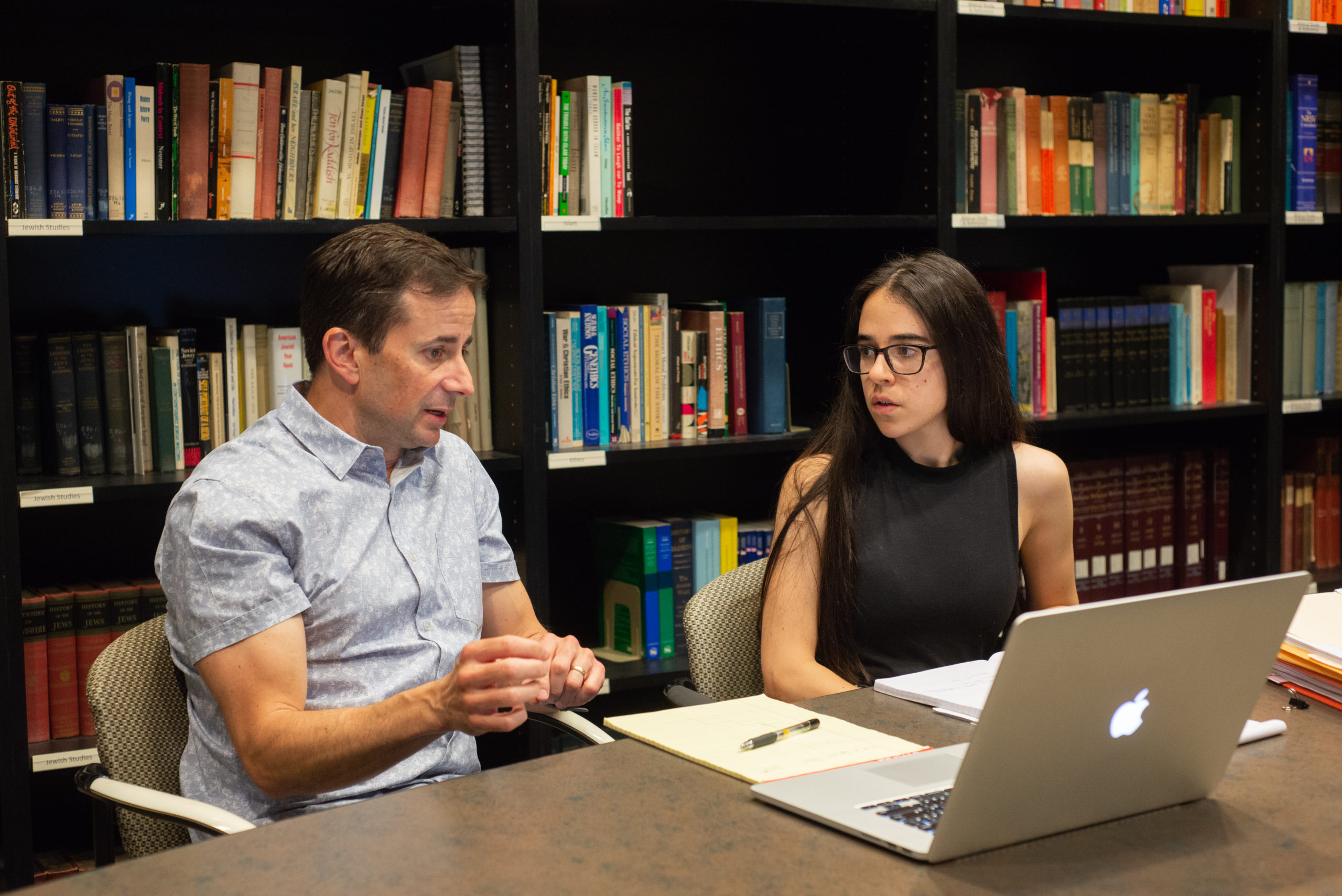This is a true story of mindfulness: Students in one second-grade classroom slammed their desks, almost in unison, every time their teachers asked them to put something away. Then, mindfulness training began.
After a few sessions, Denise A. Veres, the instructor and founder of the Shanthi Project, asked the students if they could show her what it would be like to close their desks mindfully. “They all opened and closed their desks, and I never heard a sound,” Veres says.
The shift in behavior represents the value mindfulness training can bring, particularly as students return to school grappling with the isolation and ongoing anxiety of the COVID pandemic and school closures, Veres says.
“The pandemic is unpredictable for everybody, and a lot of emotions come with school starting and stopping, masks or no masks, being comfortable around people again in different situations,” Veres says. “Mindfulness can have a key place in helping everyone be in the present moment and not having those outside stressors affect what’s going on in the classroom.”
So what exactly is mindfulness? And how do you teach it? One key to the Shanthi Project’s eight-week course, which includes two 20-minute sessions a week, is having teachers participate and eventually lead their classes or individual students in mindfulness exercises. “We first key in on giving schoolchildren the opportunity of understanding where they are and what’s around them,” Veres says. “It starts out with one breath.”
During each session, students work up to sitting quietly for longer periods of time, focusing on their breath. “When you practice this, your mind will wander, that’s not important,” Veres says. “What’s important is that you build that awareness of, ‘Oh, my mind’s not on my breath, it’s on what am I having for lunch or the kid next to me is making noise,’ and bring your attention back to the breath no matter how many times it takes.”
This focus helps students recognize when strong emotions are starting to bubble up so they can use deep breathing to calm themselves down.
“It’s learning to become aware that we’re getting frustrated or angry or bored, and using the grounding technique to come back to the present moment and what’s happening right now,” Veres says.
But does it actually work?
Definitely, says Mark Sciutto, a professor of psychology at Muhlenberg College who in 2019 studied the Shanthi Project’s impact on the behavior of students in grades K-2 at an elementary school in Bethlehem, Pennsylvania.
That’s because mindfulness skills help children and school staff pay attention to the present moment, which will help build healthier classroom environments, Sciutto says.

“We can be preoccupied by what’s happening in past and worry about the future,” he says. “So kids learn to notice what’s going on in the moment, but not react. They learn to observe but not judge.”
Another key is for teachers to make the mindfulness sessions regular parts of the school day two or more times a week. In the study, this resulted in a significant reduction—18%, in fact— in problematic behaviors such as hyperactivity and impulsivity, Sciutto says.
“What’s more exciting is teachers also saw an increase in positive behaviors such kindness, gratitude, compassion and sharing,” he says. “We often think of you have these or you don’t, but really they’re skills to practiced and targetted intentionally.”
A mistake some schools can make is relegating mindfulness to after-school programs or other outside-of-class-time activities. Mindfulness is more impactful when it’s embedded into the school’s social-emotional learning curriculum. “For a program to be effective, it has to feel like it’s part of a bigger whole,” he says. ”
Teachers who’ve adopted the program have reported gaining up to 20 to 30 minutes more productive teaching time, particularly when they’ve conducted mindfulness sessions after returning from lunch and other transition times, Veres says.
“It’s like playing the violin or playing baseball,” she says. “You have to practice it.”









